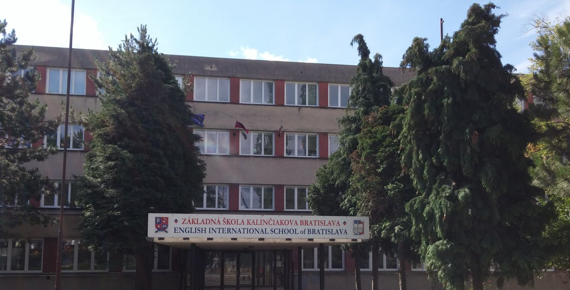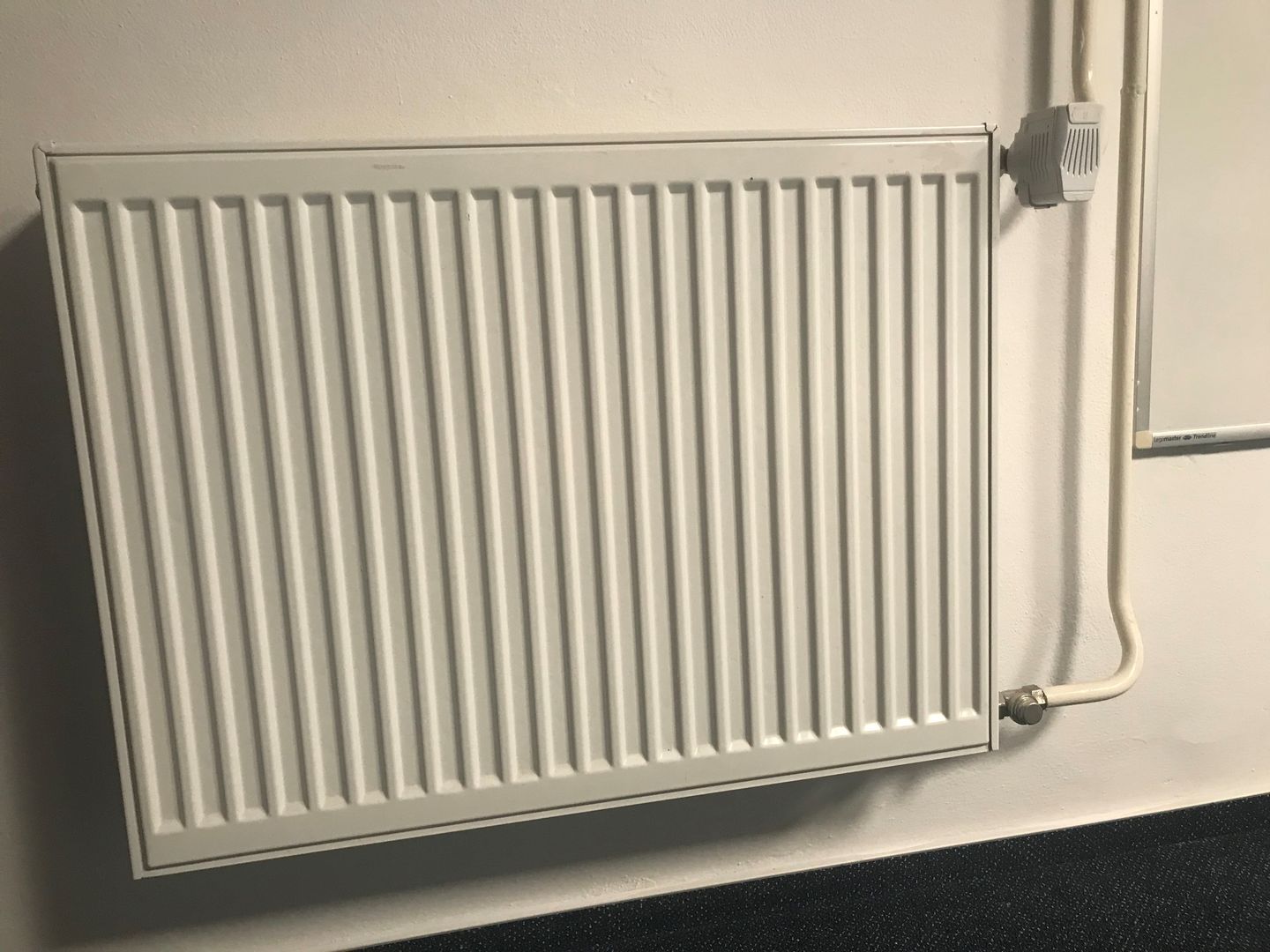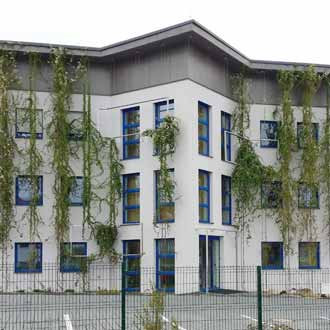Introduction
At the beginning of the year, the heating system was reconstructed at the Bratislava primary school on Kalinčiakové Street. The aim of the reconstruction was not only significantly more economical operation during the winter months, but also to improve hygienic conditions in the school buildings throughout the year.
The city district has decided on progressive changes and an approach to an effective solution. After analyzing the premises, the Austyn International company dealing with thermal management solutions designed the installation of a system enabling precise control of individual rooms.
Imagine an analogy - a building in which all the lights are controlled by a single switch. Obviously, this is not an effective solution. When the switch is on, energy is consumed throughout the building, even if there is only one person in it.
Unfortunately, this is how heating often works.
Solution
The solution for efficiency - a significant reduction in heat costs - is intelligently controlled heating. The heating system only heats when and where heating is required. Each radiator is fitted with a head that controls it individually and communicates with the central control unit. The head has its own control program and regulator, which continuously regulates the heat supply according to the needs of the teaching process.
Thanks to the innovative mechanism of the regulator, the batteries in the heads last up to 5 heating seasons.
The new system has many other advantages. In addition to temperature sensors, CO2 level sensors will also be installed in the classrooms.
When detecting an increased concentration of CO2, the system automatically ensures the exchange of air using a recuperation unit already owned by the school. There are also humidity sensors in the classrooms, which will create a pleasant feeling temperature during wet and cold days, depending on climatic conditions.
In some selected areas, window opening sensors will be installed on the windows to prevent unnecessary heating when the windows are open. It is important that in public buildings, users behave as responsibly as they would at home. Then the savings are more significant and the investment pays off faster.
Conclusion
In this way, pupils and teachers have a truly high-quality environment for learning and teaching. In classes that are not connected to automatic ventilation, the sensor will signal the hygienic level of CO2 and give information about it to the teacher, who will know when it will be necessary to ventilate.
Unfortunately, the public sector today has separate planning of investment funds and operating costs. The solution would be more flexible rules that would motivate building operators to behave more economically, similar to the private sector. The money saved on consumption could easily be used to invest in advanced technologies.













